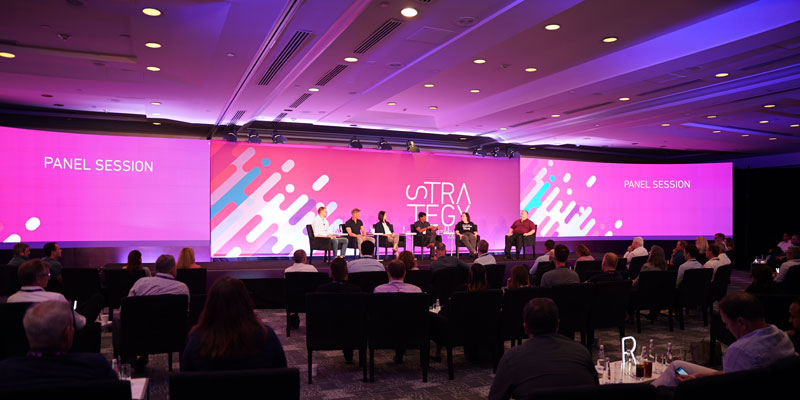Examining the Wide-ranging Connectivity Solutions Offered for LED Display Panels
Examining the Wide-ranging Connectivity Solutions Offered for LED Display Panels
Blog Article
Light Emitting Diode wall panels have gained traction for their capacity to deliver crisp imagery in multiple settings, from corporate environments to event venues. One of the most significant aspects of these panels is their connectivity options, which allow users to connect them to multiple devices and systems. Comprehending the broad input options supported for Light Emitting Diode wall panels is essential for maximizing their use and effectiveness. This discussion details these features, showcasing how they can cater to various needs and preferences.
One common interface approach for LED wall panels is High-Definition Multimedia Interface. High-Definition Multimedia Interface is widely recognized for delivering crisp video and audio signals between devices. This connection type is especially useful in commercial environments, such as meeting spaces or classrooms, where presentations or video content are often displayed. By using digital connectors, users can seamlessly link laptops, projectors, and streaming devices to Light Emitting Diode wall panels, guaranteeing a sharp and vibrant display of media.
Another commonly used connectivity option is Display Port, which is comparable to HDMI but offers additional benefits. Display Port can support higher refresh rates and resolutions, making it an excellent choice for interactive media or graphic-intensive applications. For those using Light Emitting Diode wall panels in settings where performance is critical, such as esports arenas or creative workspaces, Display Port can provide the necessary visual quality. Moreover, many modern computers and graphics cards include Display Port connections, making it a convenient option for tech-savvy professionals.
In contrast to High-Definition Multimedia Interface and Display Port, wireless transmission options are becoming increasingly prevalent in Light Emitting Diode wall panel solutions. Cable-free interfaces allow users to share content without the requirement for physical cables, promoting a streamlined and more adaptable configuration. Platforms such as Wi-Fi and Bluetooth enable users to connect smartphones, tablets, and laptops directly to Luminescent Diode wall panels without tangled wires. This convenience is especially beneficial in dynamic environments like exhibitions or live functions, where rapid adjustments to displays are often required.
For extensive deployments or more intricate setups, network connectivity through Ethernet is another viable option. Ethernet links provide a consistent and robust way to integrate multiple Light Emitting Diode wall panels within a system. This approach is suitable for electronic display use cases found in retail centers or airports, where numerous panels may need to display synchronized content across a wide area. By using network cabling and routing hardware, operators can guarantee that architectural indoor lighting all linked panels receive uniform data and content efficiently.
Finally, it's crucial to consider the evolution of connectivity with technologies such as Universal Serial Bus-C and Thunderbolt Three. These next-generation connection types offer increased data transfer speeds and flexibility by allowing one connector to handle both power delivery and data transmission. As more devices adopt these standards, LED wall panels equipped with USB-C ports will likely become more common. This evolution in connectivity not only enhances the functionality of LED wall panels but also aligns with the growing trend of minimalism in technology setups by reducing the number of cables needed.
In conclusion, exploring the broad interface methods accessible for LED wall panels reveals many possibilities for users across various fields. From conventional approaches like High-Definition Multimedia Interface and click site Display Port to contemporary wireless technologies and LAN setups, each pathway serves specific functions suited to distinct needs. Furthermore, next-gen technologies like Universal Serial Bus-C promise further advancements in how professionals interact with LED wall panels. By understanding these connectivity choices, individuals can make informed decisions that enhance their overall engagement with these multifunctional visual solutions.